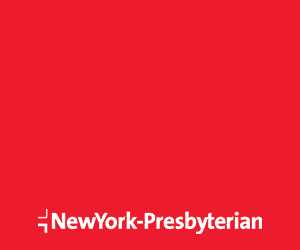In a nutshell
This study compared two different treatment approaches for patients with high-risk diffuse large B-cell lymphoma. The authors concluded that increasing treatment intensity early significantly improves survival for patients with high risk diffuse large B-cell lymphoma.
Some background
Diffuse large B-cell lymphoma (DLBCL) is the most common type of non-Hodgkin lymphoma (NHL). Treatments have improved, but many young patients (under 65 years old) with high-risk DLBCL still have poor outcomes. Before rituximab (Rituxan), high-intensity chemotherapy followed by autologous stem cell transplantation (auto-SCT; using stem cells from the patient’s own body) was the best treatment. With the introduction of rituximab, high-dose chemotherapy alone has shown better patient outcomes.
There is no standard treatment for young patients with high-risk DLBCL. More research is needed to identify the best treatment strategy.
Methods & findings
The medical records of 63 patients were reviewed. 33 patients were in Cohort 1. They were treated with 4 cycles of R-CHOP-21 (rituximab plus cyclophosphamide, daunorubicin, vincristine, and prednisolone over 21 days) followed by high-intensity chemotherapy and auto-SCT. 30 patients were in Cohort 2. These patients received 6 cycles of CHOP-14 (cyclophosphamide, daunorubicin, vincristine, and prednisolone over 14 days) as well as dose-dense (more doses closer together) rituximab and high-dose methotrexate (Trexall). Cohort 2 received more intense up-front treatment. The average length of follow up was 35.5 months.
The 2-year progression free survival (time from treatment to disease progression) for cohort 2 was significantly higher (93.3%) than in cohort 1 (60.6%). The 2-year overall survival (time from treatment to death from ay cause) was also significantly higher in cohort 2 (93.3%) compared to cohort 1 (69.7%).
9% of patients in cohort 1 had a treatment-related death. No patients in cohort 2 had a treatment-related death. Many patients in cohort 2 experienced mucositis (inflammation of membranes in digestive tract). 20% of patients in cohort 2 experienced kidney toxicity. This was reversible.
The bottom line
The authors concluded that patients with high risk diffuse large B-cell lymphoma treated with CHOP-14 and dose-dense rituximab and high-dose methotrexate had significantly better survival outcomes than patients treated with R-CHOP-21 followed by autologous stem cell transplantation.
Published By :
British Journal of Haematology
Date :
Sep 01, 2017








